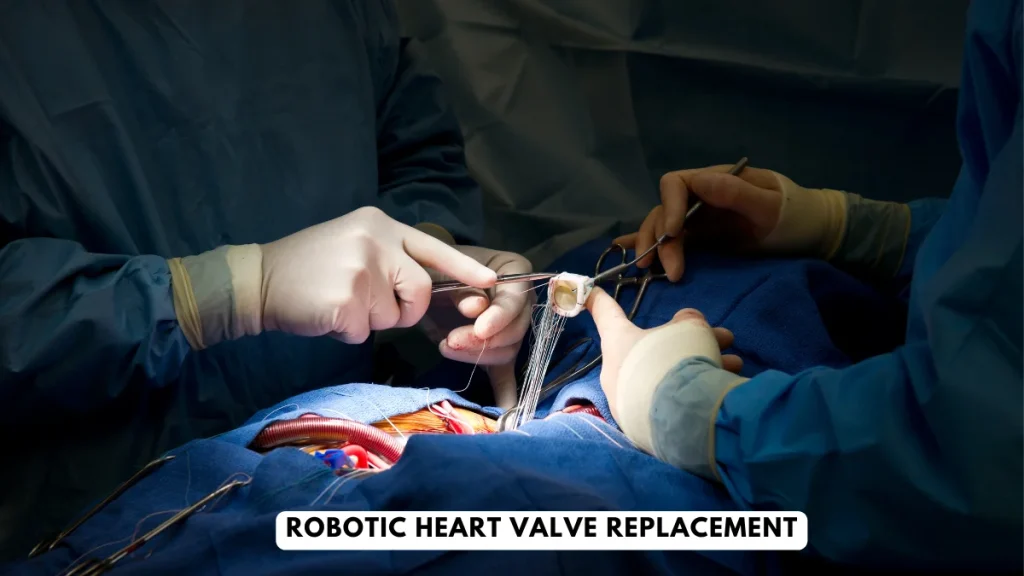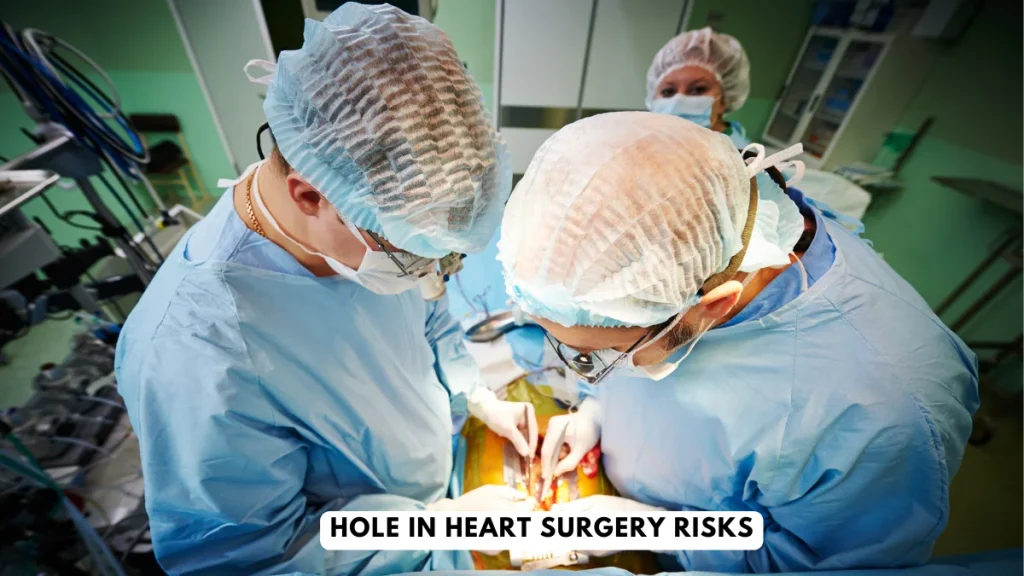It is a type of heart disease that is procured due to wear and tear or sometimes people are born with this disease.
Have you ever heard about structural heart disease? If don’t then you must read this article. Because structural heart disease is so famous, But have you thought about why? Let’s start with what is a structural heart program.
It is a type of heart disease that is procured due to wear and tear, or sometimes people are born with this disease. The respective examples of both wear, and tear, and natural are structural heart disease acquired through wear and tear is a tight or leaky heart valve while in the case of naturally acquired, a person is born with a hole within the chambers of their heart. Incredible advancements in the technological field have allowed previously unthinkable procedures to become the norm today.

For many patients with structural heart disease, previous high-risk open-heart surgeries have been replaced by non-surgical minimally invasive procedures which have a relatively lower risk, less trauma, and a faster recovery. These procedures include heart valve repair and replacement that can be performed through small tubes known as catheters. It was originally designed for high-risk populations but now structural heart procedures are being performed on lower and lower-risk populations.
CATHER-BASED STRUCTURAL HEART PROCEDURES
Structural heart disease procedures for surgeries are performed through small tubes known as catheters. These are of hollow material and through them, a variety of instruments are passed up to the heart and used to deliver treatment devices. The catheters are typically placed starting through catheters in the leg. For instance, in patients with diseased heart valves, a new valve is passed through a catheter and secured into place. The technological wonders allow these valves to be passed up to the heart in a highly compressed state so it can pass through the catheter, and then when in the correct position, it can be expanded appropriately to the desired size where it becomes a fully functioning valve.
COMMON MINIMALLY INVASIVE STRUCTURAL HEART PROCEDURES
~ TAVR or Transcatheter Aortic Valve Replacement
The most given attention to advancement in structural heart disease in the last decade has been the TAVR procedure for the aortic valve and this method is most commonly performed around the world. In this procedure, a new aortic valve is placed inside the old diseased aortic valve inside the heart. Most often the catheter is placed through a blood vessel in the leg and the valve is passed up to the heart. Sometimes the valve is placed through a small incision on the chest wall.
~ TMVR or Transcatheter Mitral Valve Repair
A common transcatheter mitral valve procedure that currently is performed for structural heart disease is the Mitraclip procedure for patients with a leaky mitral valve which is known as mitral regurgitation. In this procedure, a clip is placed on the leaky portion of the valve reducing the leak. A current intriguing field is the development of a transcatheter mitral valve replacement that will allow an entirely new valve to be placed in the mitral position.
~ PULMONARY EMBOLISM
Pulmonary embolisms are clots in the lungs and are amongst the most universal causes of death in the world. Traditionally the only options for these large clots earlier were open-heart surgery or clot removal medicines and both of these methods had side effects. Catheter-based treatments can proficiently treat pulmonary embolisms which now avoids open-heart surgery or the bleeding risks associated with large doses of clot-busting medicines.
~ PARAVALVULAR LEAK
Many patients have had valve replacement surgery where a metallic or a tissue valve is used to replace the diseased valve. In some of these patients, the stitches used to sew the valve into place can become loose resulting in a leak around the valve. This phenomenon is known as a paravalvular leak. Traditionally repeat open-heart surgery was required to cure the defect. But now in a few specialist centers, transcatheter techniques can be used to close these defects avoiding the need for open-heart surgery.
Robotic heart valve replacement
Robotic heart valve replacement is a type of surgery. It mainly uses robotic tools to fix the damaged heart valve. Robotic heart valve replacement is a kind of negligibly intrusive medical procedure. Negligibly obtrusive implies that the medical procedure utilizes more modest entry points than a customary medical procedure. You may have a simpler and quicker recovery. Alongside more modest cuts, your specialist utilizes an automated instrument to help fix the valve.
The robot has uncommon instruments joined to it. Your specialist surgeon gets these devices and a camera through the little cuts. During the medical procedure, your specialist surgeon sits at a nearby PC and controls the robot’s development. Your surgeon can take a gander at the medical procedure with a profoundly augmented picture.

The robotic devices may assist specialists with performing the medical procedure more precisely than they could with standard instruments. Surgeons perform this medical procedure while you are snoozing under broad anesthesia.
Structural heart disease definition
According to Wikipedia, It is also known by the name of structural cardiac disease. Mainly, structural heart disease definition states that it is an assortment of heart sicknesses that incorporates cardiovascular breakdown, coronary conduit sickness, hypertrophic cardiomyopathy, and congenital heart disease.
Hole in heart surgery risks
Once in your life, you heard about holes in the heart. Also, many other questions like can you live a normal life with a hole in your heart? The hole expands the measure of blood that courses through the lungs. A huge, long-standing atrial septal deformity can harm your heart and lungs. A medical procedure or gadget conclusion may be important to fix atrial septal deformities to forestall entanglements.

Complications of heart valve replacement
If we talk about complications of heart valve replacement. The heart is a kind of pump that is made up of muscle tissues. At the point when heart valves are harmed or infected and don’t work the manner in they should, they may be fixed or supplanted. Conditions that may cause heart valve brokenness are valve stenosis (solidness) and valve regurgitation (cracked valve). Thanks for showing your interest in structural heart disease is so famous, But why? Share to get more informative articles.
